
To avoid payment failure, do not use a VPN.

PrachyamTV charges recurring payments.
to this great cause 🔥

Upgrade to unlock all titles

How the Ancient Indian Mathematics influenced the modern day maths and science that the West claims.
4.9 / 5
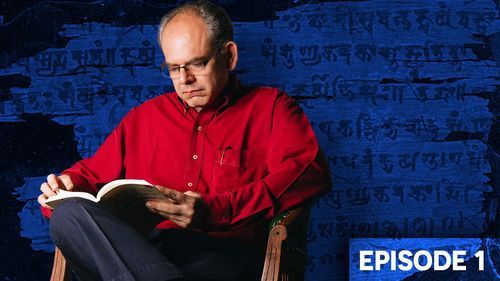
Chandrahaas Halai, author of “Vedic Mathematics, Inside Out” and “Meru Prastaar” teaches the contribution of ancient Indian mathematics to the world.
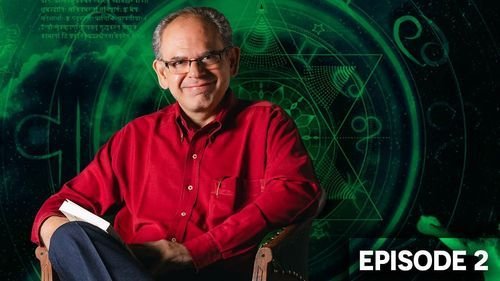
Rishi impressed a King with a game of war strategy( Chess), in return the king granted him a wish, he said, I have shown you a game which has a board with 64 squares, give me one grain of wheat on the first square, and start doubling on each square.
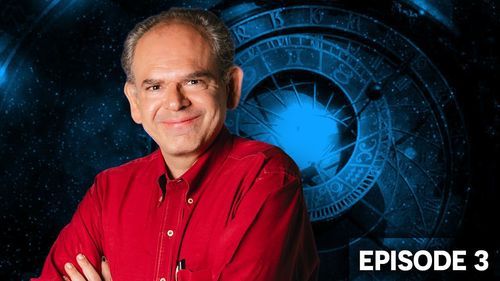
The first person to calculate infinite geometric calculations which is significant in integral calculus was an Indian mathematician. It is said and proven in geometry that the sum of infinite geometric series is one.
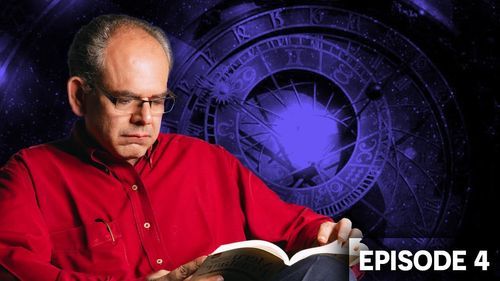
In Ganit Sara Sangraha, Mahaviracharya said that Mathematics can be applied to cooking, Romance, architecture. Bhaskarachya in Lilavati has given a Sutra to calculate a number of permutations.
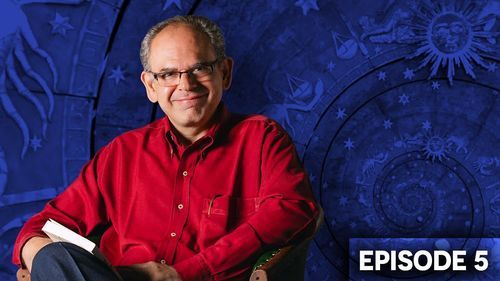
The backbone of modern digital technology is the Binary number system. Till now westerners used to credit Leibniz for creating the Binary number system. But it was Pingala Aharya who created the Binary number system 1700 years before Leibniz.
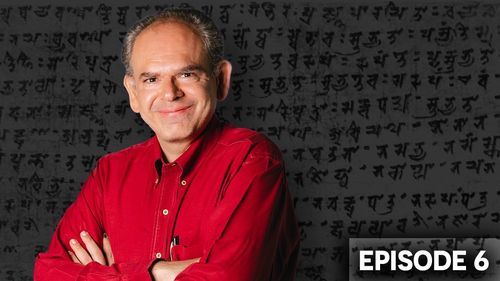
Acharya Pingala gave an algorithm for convergence of the Binary numbers system to the decimal system or what is now known as the radix convergence. In Chandashastra, Pingala mentions 0 at 4 places. And Pingala predates Aryabhatta by 500 years.
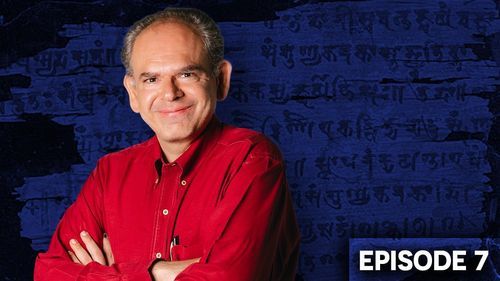
What is popularly known as Fibonacci Sequence is predated by Virahanka Sankhyas. Fibonacci wrote about it in his book Liber Abaci in 1202. But the Fibonacci numbers were first described in Pingala’s Chandashastra at least 1400 years before Fibonacci.
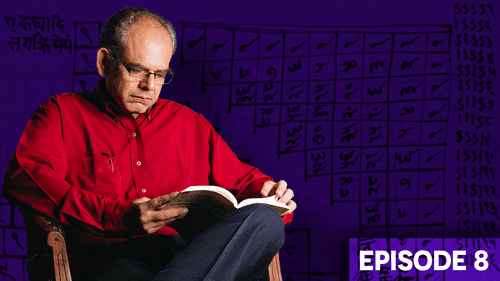
D. R. Kaprekar, a school teacher in Devlali, invented a mathematical formula to derive a constant number, 6174. He became world famous after a European mathematician published about his work. This is just one example of Modern Indian Genius.
Log in to comment